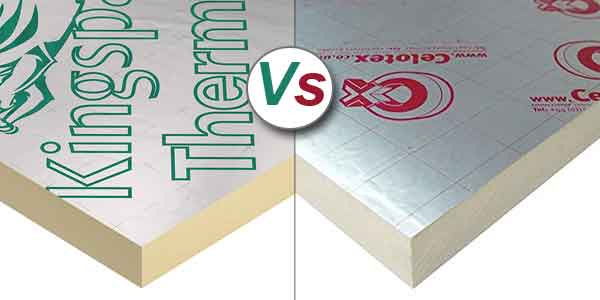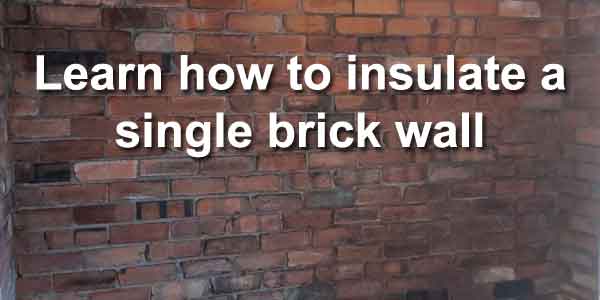Celotex vs Kingspan – Which insulation is better?
Both Celotex and Kingspan are popular types of insulation available in the UK. Both offer a range of products, for insulating different areas of a property. Their most common products are polyisocyanurate (PIR) insulation boards. However, Kingspan also offers another type of rigid insulation known as Kooltherm. This is a premium product made using a […]
Celotex vs Kingspan – Which insulation is better? Read More »





